
Understanding Zinc Plating Procedure and Chrome Plating in Surface Finishing
1. Introduction to Surface Finishing Processes Surface finishing processes are essential in manufacturing, enhancing the appearance, durability, and functionality of
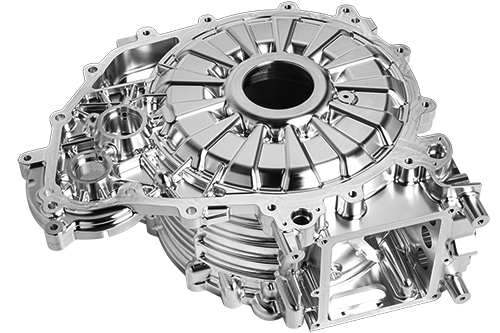
Experienced staff
Advanced Equipment
Monthly Project Delivery
We offer high quality rapid prototyping services in China that can provide you with more competitive prices and faster delivery times. with over 100 high precision CNC machines, Tik Precision offers a one-stop shop from rapid prototyping to mass production. Whether it is metal or plastic material, prototype or mass production, our advanced equipment can meet your needs. With the highest accuracy of 0.002mm and the ability to provide full inspection reports, you can entrust your project to us with confidence.
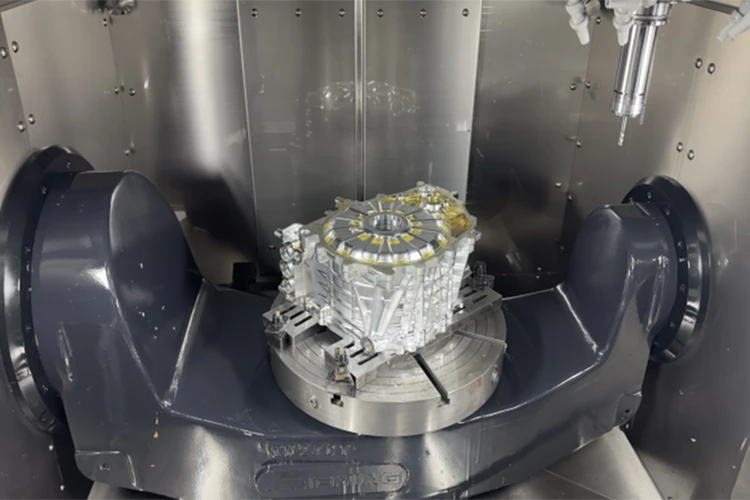
For metal rapid prototyping China and plastic rapid prototyping service, CNC machining is the ideal production option. With our vast array of advanced 3/4/5 axis equipment and dedicated team, we can quickly create your rapid prototypes and parts for design verification and engineering test iterations with very short lead times.

Tik Precision provides precision prototypes for verification design and testing for various industries, including new energy motor housings, end caps, valve bodies, headlights, daytime light guides, etc. Whether it is a metal or engineering plastic prototype, you will get the ideal solution in as little as 2-3 days with our powerful machining process and comprehensive surface treatment technology.

For metal rapid prototyping China and plastic rapid prototyping service, CNC machining is the ideal production option. With our vast array of advanced 3/4/5 axis equipment and dedicated team.

TikPrecision provides precision prototypes for verification design and testing for various industries, including new energy motor housings, end caps, daytime light guides, etc. 2-3 days only.
Tik Precision has accumulated a wealth of experience in optical prototyping. Our advanced equipment can reach up to 28,000 RPM, and we are very good at making optical prototypes with small tools, the smallest tool is R0.05. We can make reliable optical prototypes to meet your design needs, including headlights, reflectors, lamps, light guides, daytime light guides, lenses, etc.
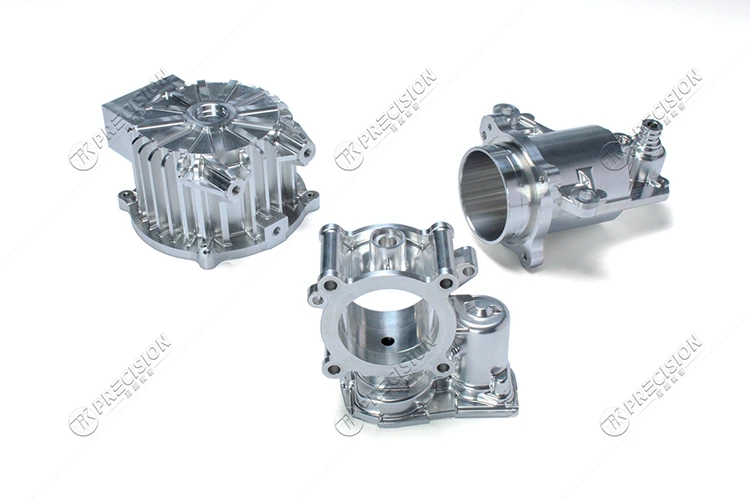
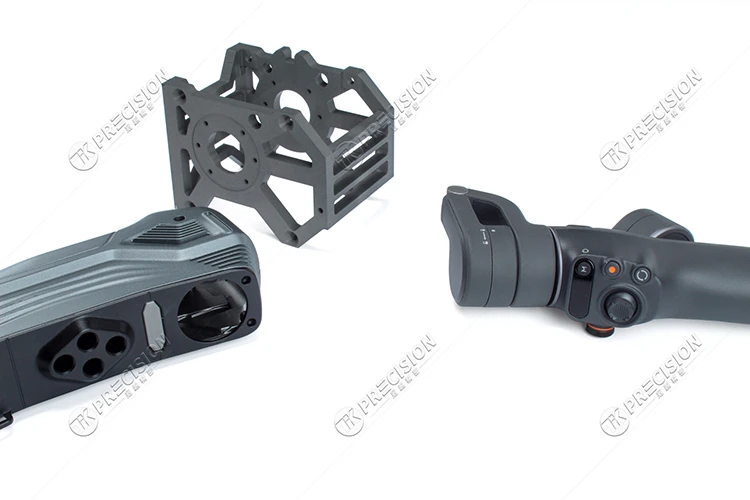
CNC machining is the ideal prototyping method available for parts whose functionality depends on high precision and tight tolerances. Milling and turning are performed on metals and engineering plastics to create complex parts with high precision. We offer a wide range of materials and finishes, and guarantee fast turnaround and quality. Contact us today to learn more about our rapid prototyping services!

Tik Precision has accumulated a wealth of experience in optical prototyping. Our advanced equipment can reach up to 28,000 RPM, and we are very good at making optical prototypes with small tools, the smallest tool is R0.05. We can make reliable optical prototypes to meet your design needs, including headlights, reflectors, lamps, light guides, daytime light guides, lenses, etc.

CNC machining is the ideal prototyping method available for parts whose functionality depends on high precision and tight tolerances. Milling and turning are performed on metals and engineering plastics to create complex parts with high precision. We offer a wide range of materials and finishes, and guarantee fast turnaround and quality. Contact us today to learn more about our rapid prototyping services!
Upload your design files directly or send your project information via the quote page. All files are supported by NDA.
We will respond to your inquiry within 12h and will send back a design for manufacturability analysis and a real-time quote.
The order is confirmed, we will start the manufacturing process based on your CAD design with quality assurance.
Prototypes or parts will be produced within a few days and delivered directly to you via international courier.
Upload your design files directly or send your project information via the quote page. All files are supported by NDA.
We will respond to your inquiry within 12h and will send back a design for manufacturability analysis and a real-time quote.
The order is confirmed, we will start the manufacturing process based on your CAD design with quality assurance.
Prototypes or parts will be produced within a few days and delivered directly to you via international courier.
A variety of metals and engineering plastics are available for the manufacture of CNC turning parts, and we can quickly create accurate prototypes and small batches using a variety of quality materials depending on your application. View some common materials used for CNC rapid prototyping.
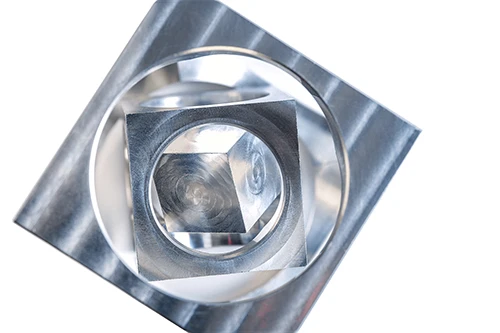
Aluminum is a versatile material , Aluminum has excellent machinability, weldability and plating properties ,good corrosion resistance,high strength-to-weight ratio and good temperature resistance,which make it ideal for CNC machining china. After machining, aluminum has a low risk of deformation or defects and is easy to polish and color. Because of these properties, aluminum is a widely used metal in many industries, including automotive, defense, aerospace, transportation, construction, packaging, electronics, consumer goods, and more.
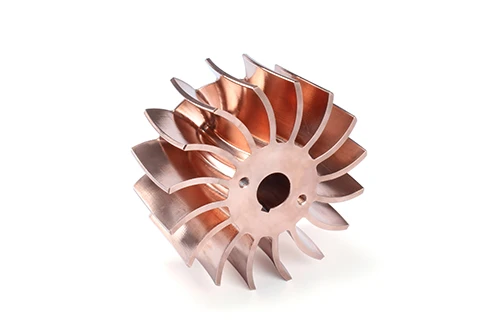
Copper is a highly machinable metal that has different functions based on its mechanical properties. It has good strength, hardness, superior thermal conductivity, and corrosion resistance.

Brass is a metal alloy made by combining copper and zinc. It exhibits excellent electrical conductivity and good processability. Known for its low-friction properties and gold-like appearance, brass is often used in construction as well as in the manufacture of gears, locks, pipe fittings, musical instruments and so on.
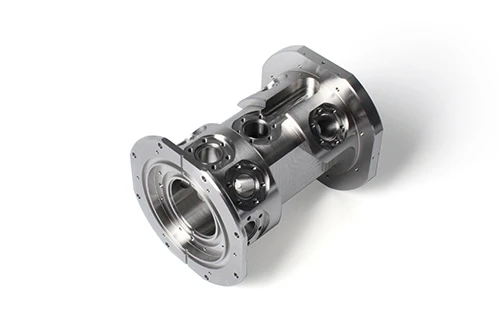
Stainless steels usually contain at least 10% chromium (by weight),and are mild steels with desirable properties for many industrial applications.The material properties associated with stainless steel make it a popular metal in a wide range of industries, including construction, automotive, aerospace and more. In these industries, stainless steel is versatile and an effective choice for many applications.

Titanium has many material properties that make it an ideal metal for demanding applications,such as excellent corrosion resistance, chemical resistance and extreme temperatures resistance and excellent strength-to-weight ratio. All these properties, along with its high tensile strength, have made titanium widely used in the aerospace, medical and defense industries.

Plastic is also a very popular choice for CNC machining due to its wide selection, relatively low prices and significantly faster machining times. We offer all common plastics for CNC machining services.
Surface finishes applied to rapid prototyping services and parts are designed to improve their appearance, surface hardness and roughness, chemical and corrosion resistance, etc. They also help hide any visible tool marks in power tool cutting areas. Tik Precision offers a wide selection of surface finishes to help improve the surface quality of your products.
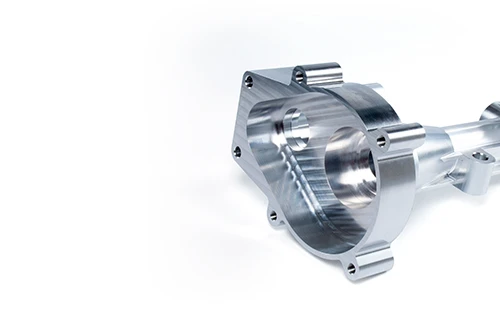
Description: The standard finish of our parts, the machined finish, has a surface roughness of 3.2 μm (126 μin), which removes sharp edges and cleanly deburrs the part.
Applicable materials: All materials
Color: N/A
Texture:/
Learn more
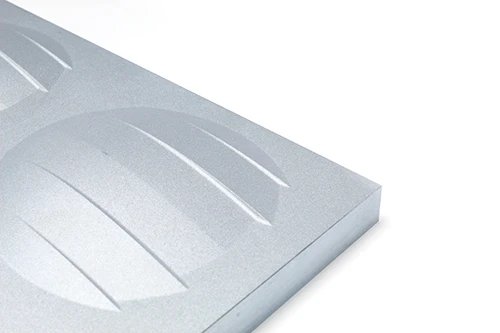
Description: Sandblasted parts have a smooth surface with a matte finish. Mainly used for visual applications and can be followed by other surface treatments.
Applicable materials: ABS, aluminum, brass, stainless steel, steel
Color: N/A
Texture: Matte
Learn more

Description: Anodizing improves corrosion resistance, enhances wear resistance and hardness, and protects metal surfaces. Widely used in mechanical parts, aircraft, auto parts, precision instruments, etc.
Applicable material: Aluminum
Color: Clear, Black, Grey, Red, Blue, Gold
Texture: Smooth, matte effect
Learn more

Description: Anodizing improves corrosion resistance, enhances wear resistance and hardness, and protects metal surfaces. Widely used in mechanical parts, aircraft, auto parts, precision instruments, etc.
Applicable materials: Aluminum
Color: Transparent, black, gray, red, blue, gold
Texture: Smooth, matte effect
Learn more
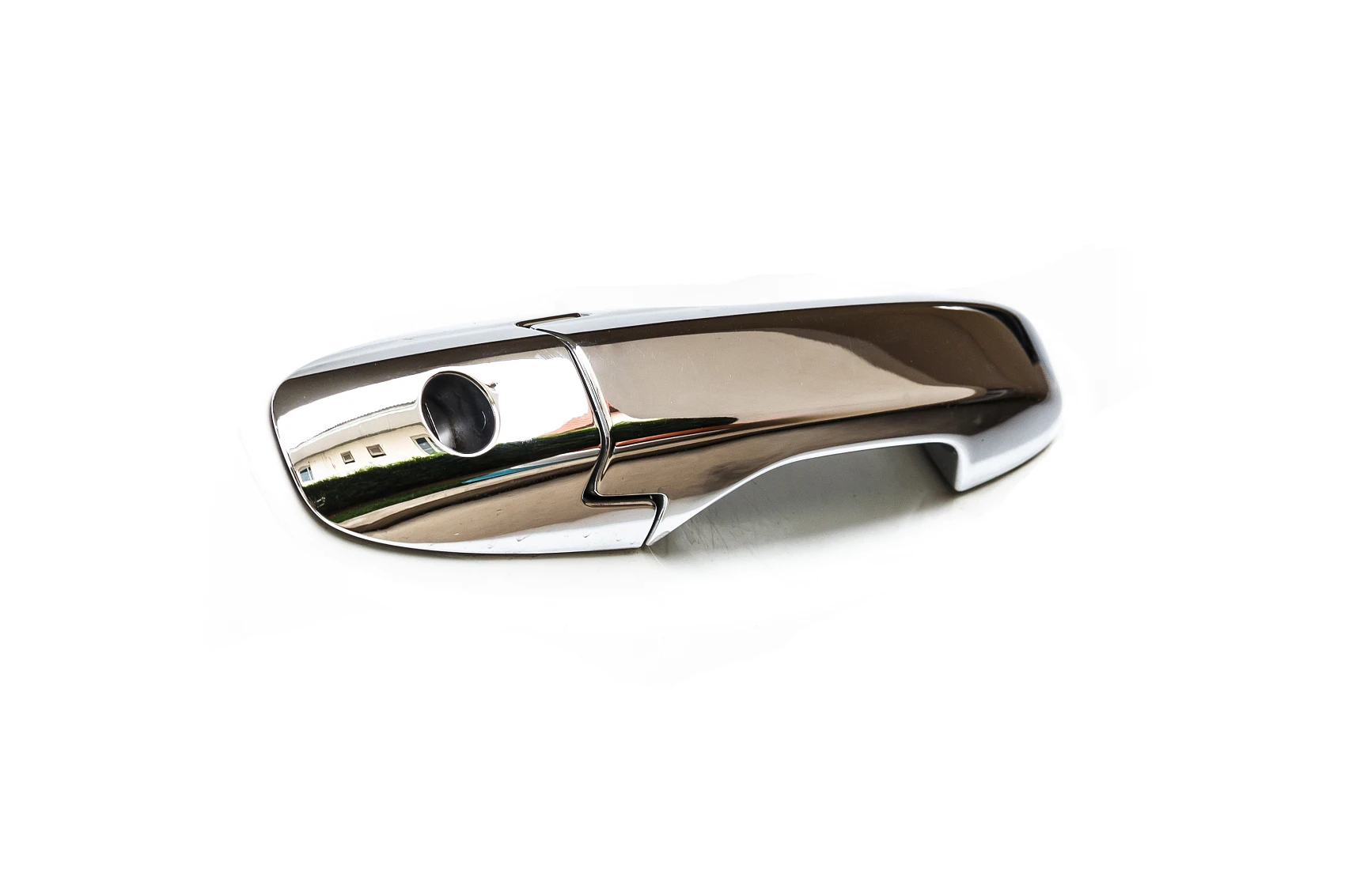
Description: Electroplating can be functional, decorative, or corrosion-related. The process is used by many industries, including the automotive industry, where chrome plating of steel auto parts is common.
Applicable Material: Aluminum, Steel, Stainless Steel
Color: N/A
Texture: Smooth, Shiny Surface
Learn more

Description: Polishing is a processing method that reduces the surface roughness of the workpiece through physical friction, chemical or electrochemical effects, so as to obtain a bright and smooth surface. Polishing does not improve the dimensional accuracy or geometric shape accuracy of parts, but for the purpose of obtaining a smooth surface or mirror gloss, and sometimes to eliminate gloss (matting). Polishing can improve the appearance of metal parts, including some vehicle components, armrests, cookware, kitchen appliances and architectural metals.
Applicable materials: aluminum, brass, stainless steel, steel, PMMA, PC
Color: N/A
Texture: Smooth
Learn more

Professional Team Support
We have a group of professional engineers and technicians available 24/7 for professional support to help you solve your problems.

Fast Turnaround
We follow a strict quality control system to ensure the manufacture of quality prototypes and production parts.

Strict Quality Control
We follow a strict quality control system to ensure the manufacture of quality prototypes and production parts.

Advanced Equipment
We have same of equipment for manufacturing and testing. Your parts will be manufactured and tested using our state-of-the-art equipment.

Professional Team
We have a group of professional engineers and technicians available 24/7 for professional support to help you solve your problems.

Fast Turnaround
We follow a strict quality control system to ensure the manufacture of quality prototypes and production parts.

Strict Quality Control
We follow a strict quality control system to ensure the manufacture of quality prototypes and production parts.

Advanced Equipment
We have same of equipment for manufacturing and testing. Your parts will be manufactured and tested using our state-of-the-art equipment.



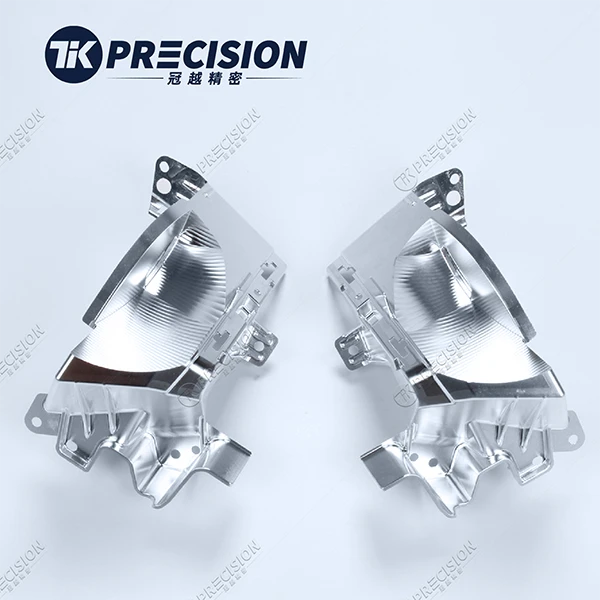






1. Introduction to Surface Finishing Processes Surface finishing processes are essential in manufacturing, enhancing the appearance, durability, and functionality of

Introduction In the world of precision manufacturing, advancements in technology have played a pivotal role in meeting the ever-increasing demands

The aerospace industry demands materials that offer exceptional strength, lightweight, and resistance to temperature variations and corrosion. TIKPRECISION’s Titanium Alloy
Rapid prototyping services is the creation of a physical model from a 3D CAD file. The model is then used to test the design, fit, function, and aesthetics of the product before it is manufactured.
Rapid prototyping can be done using various methods, such as stereolithography (SLA), selective laser sintering (SLS), fused deposition modeling (FDM), and laminated object manufacturing (LOM).
The advantage of rapid prototyping is that it allows for changes to be made to the design quickly and cheaply before the product goes into mass production. This can save time and money in the long run by avoiding costly mistakes.
Assuming you would like content for the section “How to get Rapid prototypes”, here are a few tips:
1. One option for obtaining rapid prototypes is to use a 3D printer. This is especially useful if you have access to a printer that can create prototypes from multiple materials.
2. Another way to get rapid prototypes is to use a service bureau. Service bureaus can create prototypes using a variety of methods, including 3D printing, CNC machining, and injection molding.
3. You can also create your own prototypes using methods such as hand-sculpting or 3D modeling software. However, this approach may be more time-consuming than using a 3D printer or service bureau.
Rapid prototyping is an iterative process that helps companies test and validate product designs before mass production. The goal of rapid prototyping is to create a working model of the final product that can be used for testing and marketing purposes.
There are many different types of rapid prototyping processes, but the most common are stereolithography (SLA), selective laser sintering (SLS), and fused deposition modeling (FDM). Each of these processes has its own advantages and disadvantages, so it’s important to choose the right one for your project.
SLA is the most accurate type of rapid prototyping, but it is also the most expensive. SLS is less accurate than SLA, but it is more affordable. FDM is the least accurate type of rapid prototyping, but it is the most versatile.
Once you’ve selected a rapid prototyping process, you need to create a 3D model of your product design. This can be done using CAD software or by hiring a professional 3D designer. Once you have a 3D model, you can begin the printing process.
The first step in any rapid prototyping process is to create a 3D model of your product design. This can be done using CAD software or by hiring a professional 3D designer. Once you have a 3D model, you can begin the printing process.
The printing process will vary depending on which type of rapid prototyping process you’re using.
There are several types of rapid prototyping service, each with its own advantages and disadvantages. The most common types are stereolithography (SLA), selective laser sintering (SLS), fused deposition modeling (FDM), and laminated object manufacturing (LOM).
Stereolithography uses a laser to solidify layers of photopolymer resin. It is the oldest and most established technology, with a wide range of materials available. SLA prototypes are very accurate and have a smooth surface finish. However, they can be fragile and expensive.
Selective laser sintering uses a laser to fuse together small particles of plastic, metal, or ceramic powder. It can create complex shapes that would be difficult or impossible to produce with other methods. SLS prototypes are strong and durable, but they can have rough surfaces.
Fused deposition modeling extrudes thin layers of melted plastic through a fine nozzle. It is similar to 3D printing, but with more control over the shape and accuracy of the final product. FDM prototypes are relatively cheap and easy to produce, but they tend to be less accurate than those made with other methods.
Laminated object manufacturing builds up layers of paper or plastic that are bonded together with adhesive. It is similar to FDM in terms of cost and complexity, but the finished prototype is much stronger. LOM prototypes can be sanded and painted for a more finished look.
Lens prototyping is an important part of the product development process. It involves designing, building and testing a prototype of a lens or optical system to assess its usefulness, performance and suitability for a given application. This process can be complex and time-consuming, but is necessary to ensure that the lens meets expectations. It’s also a great way to identify and fix any potential design issues before committing to the final product. The prototyping process starts with creating a concept or design, which is then developed and refined to meet the required standards. Prototypes can using a variety of materials, including plastic, resin glass, and metal. Once built, the prototype is tested to identify any flaws or deficiencies.. With the right approach, lens prototyping can help ensure the success of any optical system.
Optical component machining is a complex process that requires accuracy. It involves machining optical components to precise specifications. The process starts with choosing the right material for the job. This can range from polymers to metals and ceramics. After material selection, the part must undergo a series of machining processes using specialized tools and techniques. This includes cutting, drilling, grinding, polishing and more. The finished parts must then undergo rigorous quality control testing to ensure they meet the required specifications.
Tik Precision has accumulated rich experience in the processing of optical parts, and can manufacture parts with outstanding performance and reliability. Including automotive lights, reflectors, lamp, light guides, Lens and so on.
For those who are looking for a professional automotive lighting prototyping supplier, Tik Precision is your best choice. We are specialists in automotive lighting prototyping, providing our clients with high quality service and custom solutions. We understand the importance of getting prototypes right so our clients can ensure their products meet the highest standards when they hit the market. We use the latest technology to ensure our designs are accurate and our products are reliable. Our team of highly trained professionals is on hand to answer any questions and provide any necessary assistance throughout the process. With our rich working experience, you can rest assured that your lighting prototyping project can be handled by the best people.
If you’re looking for a metal rapid prototyping service, there are a few things to keep in mind. First, you’ll want to find a service that can create prototypes quickly and accurately. Second, you’ll want to find a service that offers a variety of materials and finishes to choose from. And finally, you’ll want to find a service that’s affordable and offers a quick turnaround time.
When it comes to metal rapid prototyping, we’ve got you covered. We can create high-quality prototypes quickly and easily, using the latest technology and equipment. We offer a wide range of materials to choose from, including aluminum, brass, bronze, stainless steel, and more. And our prices are highly competitive – we’re confident we can provide you with the best value for your money.
So if you’re looking for a metal rapid prototyping service that can meet your needs and exceed your expectations, contact us today. We’d be happy to discuss your project with you and provide you with a free quote.
If you’re looking for a plastic rapid prototyping service, there are a few things to keep in mind. First, make sure that the service you choose offers high-quality prototypes. There’s no point in paying for a prototype that’s not up to snuff.
Second, make sure that the service can turn around your prototypes quickly. You don’t want to be waiting weeks or even months for your prototypes.
Third, make sure that the price is right. There are a lot of rapid prototyping services out there, so you should be able to find one that fits within your budget.
fourth and final thing to consider is customer service. If you have any questions or problems with your prototypes, you want to be able to reach someone who can help you out. Make sure that the service you choose has good customer service before you commit to using them.
There are many online rapid prototyping services in China that can help you quickly create prototypes of your products or ideas. These services can be very helpful in the early stages of product development when you need to test out different designs or concepts.
Most online rapid prototyping services in China offer a wide range of materials and technologies to choose from, so you can find the perfect solution for your project. They also have experienced engineers and designers who can work with you to create the perfect prototype for your needs.
If you are looking for a quick and easy way to create prototypes of your products or ideas, then online rapid prototyping services in China may be the perfect solution for you.
When it comes to selecting a rapid prototyping manufacturer in China, there are a few things you’ll want to keep in mind. First, you’ll want to make sure that the manufacturer has experience with the specific type of prototyping you need. Second, you’ll want to inquire about pricing and turnaround times. Finally, you should ask for samples of the manufacturer’s work to get an idea of their quality.
There are many advantages to rapid prototyping, including the ability to create prototypes quickly and cheaply, the ability to test products before mass production, and the ability to create customized products. Rapid prototyping can also help reduce the risk of errors in the design process and improve communication between designers and manufacturers.
Rapid prototyping is a process that creates a physical model of a design using 3D printing technology. The model is created layer by layer, based on a digital file, and can be created in a matter of hours or days.
Rapid prototyping is often used in the product development process to test designs and ensure that they meet the required specifications before moving into production. It can also be used to create prototypes for marketing purposes, or to test user experience and interaction with a product.
Our quality control and rapid prototyping services are designed to help you take your product from concept to reality as quickly and efficiently as possible. We can create prototypes for you using 3D printing technology, so you can test your design before moving into production. We can also help with the manufacturing process, ensuring that your products meet the highest standards of quality.
We offer a variety of shipping and after-sales services to meet your needs. Our team is here to help you every step of the way, from choosing the right shipping method to tracking your order. We also offer a 100% satisfaction guarantee on all of our products. If you’re not happy with your purchase, we’ll make it right.
China is home to some of the world’s largest and most advanced rapid prototyping facilities. These facilities are able to produce high quality prototypes for a wide range of industries, including consumer electronics, automotive, aerospace, and medical.
The Chinese rapid prototyping industry is growing rapidly, and is expected to continue to grow at a double-digit rate in the coming years. This growth is being driven by the increasing demand from domestic and foreign companies for high quality prototypes.